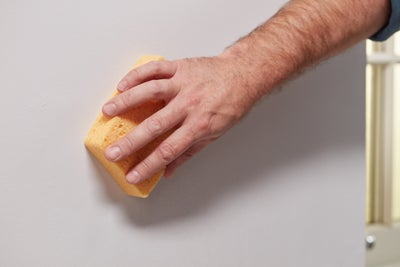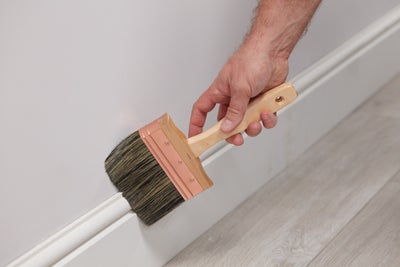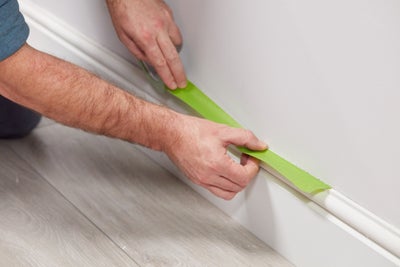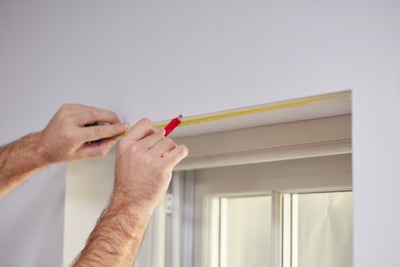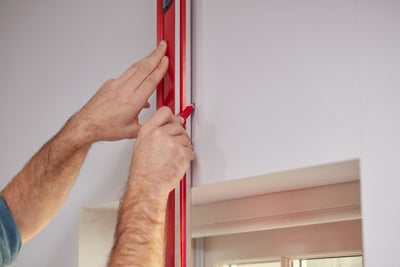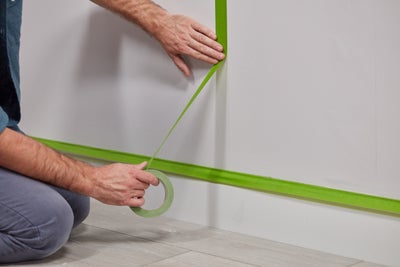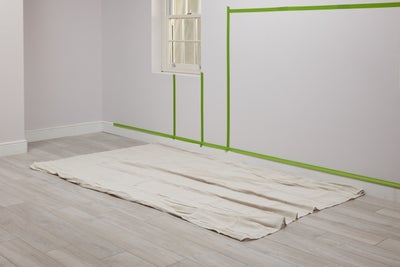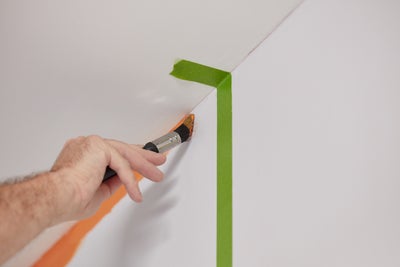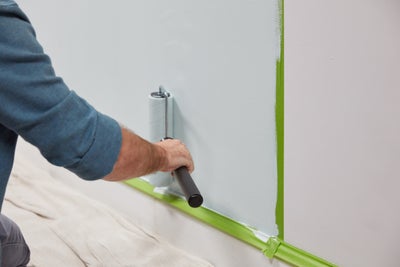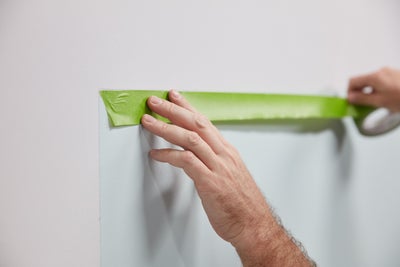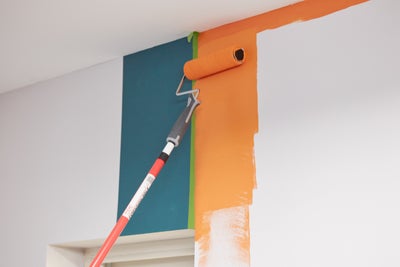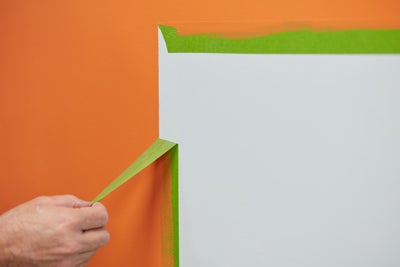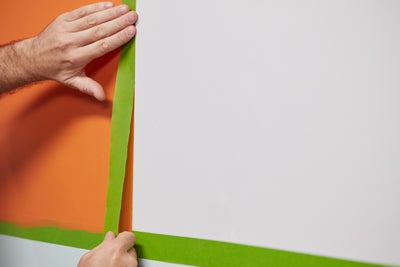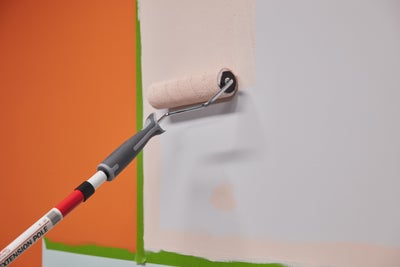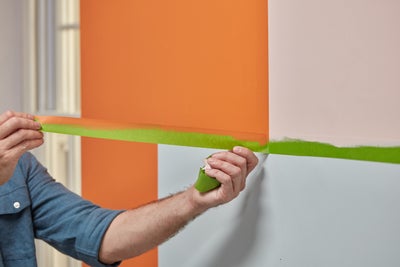Understanding colour blocking
Tools
Materials
Planning and preparation
- Think carefully about your colour blocking design and sketch it out beforehand to help you visualise it on your wall.
- Consider which colours you want to use and how they’ll play off each other.
- Make sure to clear your painting area before you start.
- It’s a good idea to paint on top of a neutral base colour, to avoid any issues with your new colours.
- Get creative with how the size, shape and colour with your blocks. This project is completely bespoke.
- Make sure your stepladder is standing on flat ground if you need to use one to reach high-up areas.

